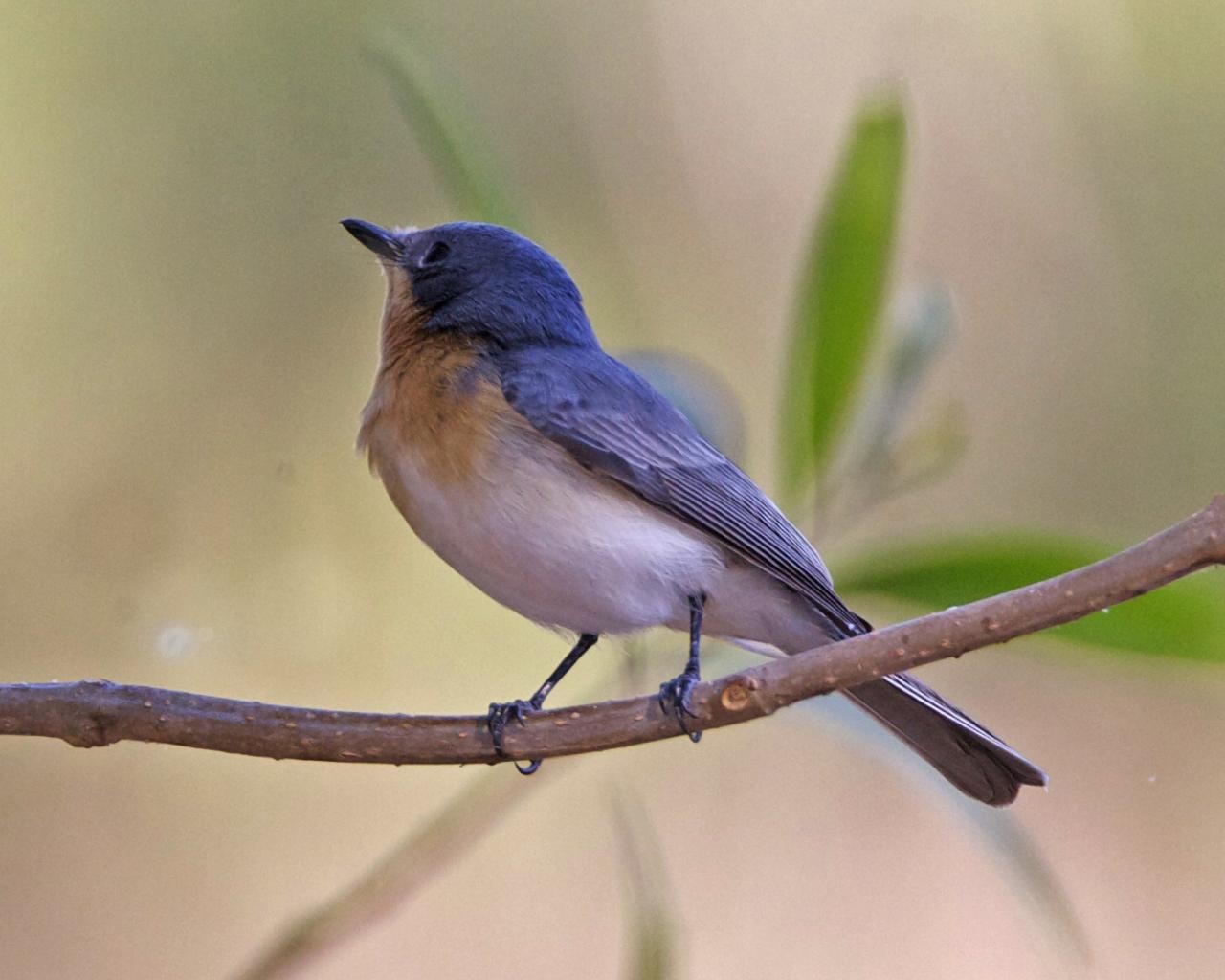Leaden Flycatcher
A species of Broad-billed Flycatchers and Allies Scientific name : Myiagra rubecula Genus : Broad-billed Flycatchers and Allies
Leaden Flycatcher, A species of Broad-billed Flycatchers and Allies
Botanical name: Myiagra rubecula
Genus: Broad-billed Flycatchers and Allies
Content
Description General Info
 Photo By Lip Kee , used under CC-BY-SA-2.0 /Cropped and compressed from original
Photo By Lip Kee , used under CC-BY-SA-2.0 /Cropped and compressed from original Description
The leaden flycatcher is 14.5–16 cm (6-6½ in) long and weighs around 10–15 g. It is a shiny lead-grey in colour with a brownish tinge to the wings, a bluish black bill, black legs and dark brown iris. The male has darker grey lores, and a white breast and belly, while the female has an orange-tan throat and breast with a white belly. The juvenile resembles the adult female, but with paler wing-edges. 
Size
16 cm
Nest Placement
Tree
Feeding Habits
Leaden Flycatcher primarily consumes insects and spiders, occasionally eating plant seeds. It often joins mixed-species flocks and forages in mid-level foliage using an active method of flycatching and darting, distinct from close relatives' sally-and-return technique.
Habitat
The leaden Flycatcher typically inhabits sclerophyll forests, open woodlands, and the margins of rainforests, as well as mangrove ecosystems and coastal scrubs. This species is adapted to a variety of environments across broader geographical regions including both mainland areas and island coastlines. The leaden Flycatcher tends to avoid dense rainforests and thick gulleys and is often found in savanna lowlands up to elevations of 1000 meters, with a preference for areas below 500 meters. It is recognized for its significant migratory patterns within its range.
Dite type
Insectivorous
General Info
Feeding Habits
Bird food type
Behavior
As its name suggests, the leaden flycatcher is insectivorous. A very active and agile bird, it hops between branches and catches insects in flight. 
Distribution Area
The leaden flycatcher is found from King Sound in northwestern Australia, across the Top End to Cape York, and then down the east coast to central-southern Victoria. It is rare in Tasmania. It is highly migratory within this range. Sclerophyll forest, rainforest margins, mangroves and coastal scrub are the preferred habitats. 
Species Status
Not globally threatened.